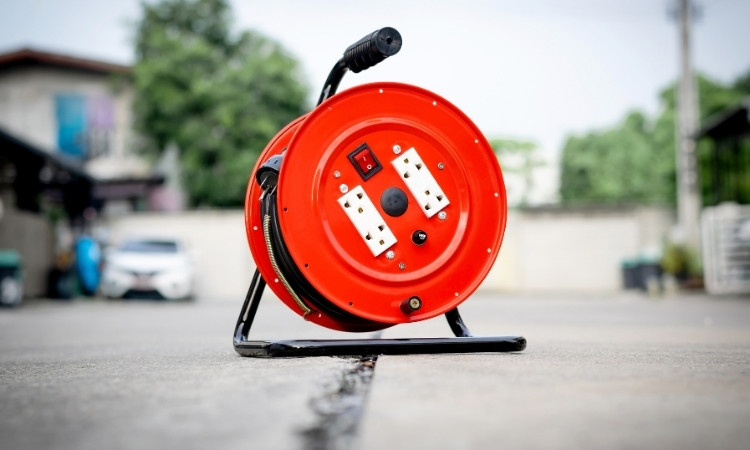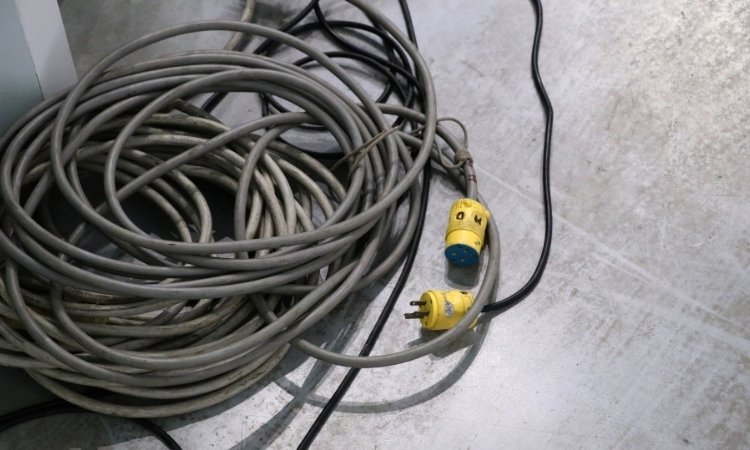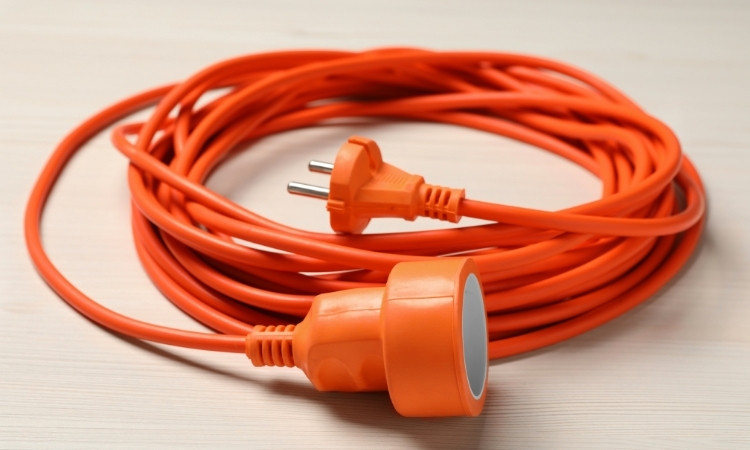Is the plug of your extension cord broken or damaged? One of the simplest ways to repair it is learning how to replace an extension cord plug. When safety rules are very strict in a place like Singapore, doing it right can make your home safe. With simple steps, this guide will assist you in replacing the plug, even if you are new to the world of DIY.
We are going to ensure it is easier and safer to have your extension cord back in business! Moreover, LS Electrician Servicing Singapore’s detailed process is a guide on this matter. Let’s also not forget their efficient services in lighting installation, power socket installation, and lighting protection system domains.
Why Replace an Extension Cord Plug?
In Singapore, home extension cords are very convenient. They allow you to connect several devices. But plugs can break as well. A faulty or loose plug can be hazardous. It may lead to shocks or fires. It is cheaper to replace an extension cord plug than to have a new cord. And it’s a fast fix.
The plugs in Singapore have to comply with the guidelines of the Energy Market Authority (EMA). They must be 3-pin (Type G) with a 13 amp rating. This guide will demonstrate how to do it safely.
What You’ll Need
Pick up these supplies before you begin replacing an extension cord plug:
- A new 3-pin plug (13A, Type G, with Singapore’s Safety Mark)
- A flathead or Phillips screwdriver
- Wire strippers
- A utility knife
- Electrical tape (optional)
- A multimeter (optional, to test)
- A clean, bright workspace
You can buy a safe plug at stores like Home-Fix or online at Lazada Singapore. Ensure that it is marked with the Safety Mark logo.
Step-by-Step Guide to Replacing an Extension Cord Plug
The steps to replace an extension cord plug are as follows in Singapore:
Step 1: Unplug the Cord and Check
Safety first! Disconnect the cord from the wall outlet. See the cord. Is it cut or frayed? In case there is damage to the cord way off the plug, change it with a new one. When it is just the plug that is defective, carry on.

Step 2: Cut Off the Old Plug
A utility knife or wire cutters should be used. Trim off around 5-7 centimeters of one side of the cord. This takes out the defective plug. Take care not to cut the inner wires.
Step 3: Remove the Outer Cover
Take the wire strippers. Carefully remove 4-5 cm of the outer cover on the end of the cord. Inside, you will find three wires: brown (live), blue (neutral), and green/yellow (earth). These conform to the wiring rules of Singapore.
Step 4: Strip the Inner Wires
Trim off one end of the wires by about 1 cm each on Nick. To prevent cutting the copper, use wire strippers. You will find shining copper. Twist the strands of the copper to keep them neat.
Step 5: Open the New Plug
To get the new plug open, use a screwdriver. Remove the back or side. There are three spots inside:
- The brown wire is L (Live)
- The blue wire is N (Neutral)
- The green/yellow wire is E (Earth)
There is a fuse on some plugs. Make sure it is a 13A fuse, which is usual in Singapore.
Step 6: Attach the Wires
Insert the wires in the right place:
- Brown wire in Live (L)
- Blue wire in Neutral (N)
- Green/yellow wire in Earth (E)
Screw the wires together. Ensure that there is no protruding copper. Loose copper can be a problem.
Step 7: Secure the Cord
The cord is held in place by a clamp in the plug. Secure it on the outside of the wire cover, not the wires. This prevents the cord from falling out.
Step 8: Close the Plug
Replace the cover on the plug. All screws must be tightened. The plug must be robust. Make sure that the cord is not loose.

Step 9: Test It
Plug the cord into a socket. Test with a multimeter, or insert a tiny gadget in order to check the connection. In case it does not work, disconnect it and examine the wires once again.
Why Singapore’s Standards Matter
Electrical safety is well-regulated in Singapore. The Energy Market Authority (EMA) has stipulated the use of all plugs and extension cords to specific standards that can be used to avoid accidents. Also, the use of a non-compliant plug or the installation of faulty wiring may result in fines or pose a safety risk.
Always select a plug with the Safety Mark and attach the proper wiring colors (brown is live, blue is neutral, and green/yellow is earth). This makes your extension cord plug secure and in line with the Singapore regulations.
Conclusion
Learning how to replace an extension cord plug in Singapore is a very useful skill that can save time, money, and keep homes safe and secure. Using this guide, with the right tools and the electrical standards in Singapore, you are all set to implement an extension cord plug replacement confidently.
Always put your safety first by using the plug that has the Safety Mark and by thoroughly checking that your connections provide a secure fit. Following these steps, your extension cord will now be up and running once again to provide your devices with power safely and efficiently.
